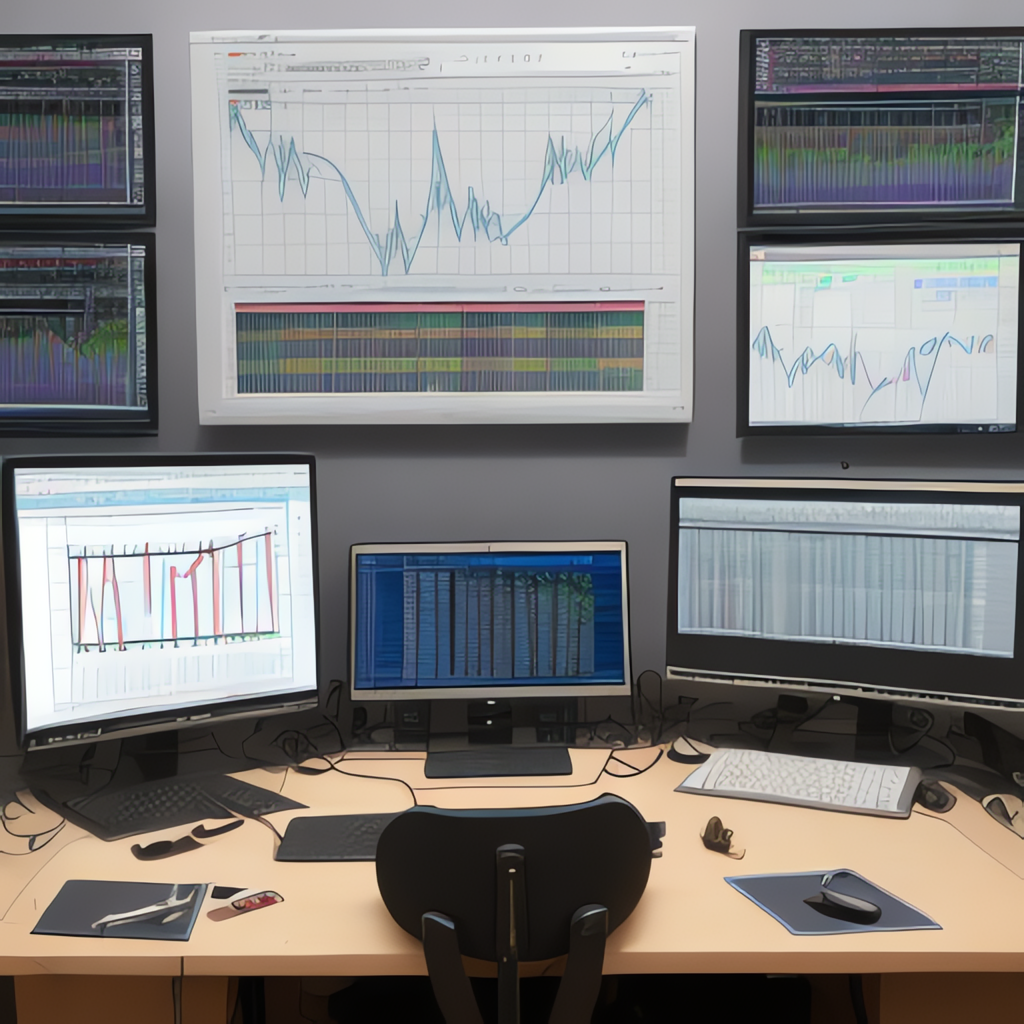Mastering Data Visualization: An In-depth Guide to Understanding and Designing Various Types of Charts and Graphs
Data visualization has become crucial in our data-driven world. It helps transform complex data sets into understandable and digestible visual formats that quickly convey essential insights. But mastering data visualization isn’t just about applying various charts and graphs-it’s also about understanding when and how to use each one effectively. In this article, we’ll delve into the world of data visualization, exploring different types of charts and graphs, and learning what situations best suit each type.
1. **Bar Charts**
Bar charts are perhaps one of the simplest forms of data visualization and incredibly useful for comparing quantities across different categories. They can be either vertical or horizontal, and their height or length directly represents the values being compared. When deciding on a bar chart, consider situations where you need to compare amounts between distinct categories.
2. **Line Charts**
Line charts are perfect for highlighting trends over time. By connecting data points with smooth lines, line charts allow viewers to easily track changes and identify patterns. Use line charts when your data involves time series, such as tracking the stock market over a year or analyzing website traffic trends.
3. **Pie Charts**
Pie charts are ideal for showing the contribution of each category to a whole. The size of each slice visually communicates the proportion of the total that each element represents. Use pie charts when you want to emphasize the relative sizes of different components, and the categories don’t have too many divisions.
4. **Scatter Plots**
Scattered across a Cartesian plane, scatter plots are incredibly versatile for depicting relationships between two numerical variables. The position of each dot represents the values of these variables. Scatter plots can help identify correlations, clusters, and outliers within the data. They are particularly useful when studying the relationship between two variables, such as height and weight or income and education level.
5. **Histograms**
When analyzing distributions of continuous data, histograms are invaluable. They represent the frequency of occurrence of data values within a particular range, or “bin.” If your data is continuous and you’re interested in understanding its distribution, such as the age distribution in a surveyed population, a histogram is the way to go.
6. **Area Charts**
Similar to line charts, area charts focus on highlighting trends over time. However, area charts differentiate themselves by filling the area underneath the line. This provides a direct visual representation of the magnitude of data values, making it an effective choice for comparing multiple data series.
7. **Box Plots**
Also known as box-and-whisker plots, box plots are a powerful visualization for understanding the distribution of data within a dataset. They display the median, quartiles, and outliers. They are particularly useful when you need to compare distributions between multiple groups, such as test scores among different classes, or when you’re interested in outliers within your data.
Conclusion
Mastering data visualization involves having a toolkit of various charts and graphs at your disposal and the knowledge of when to use them. Each visualization type has its strength and is suited for specific types of data and questions. By understanding the nuances of each, you can choose the most effective way to communicate insights from your data. Whether you’re creating charts to tell a story about your business, support a presentation, or communicate findings to a non-technical audience, the right data visualization can be the key to unlocking deeper understanding and actionable insights.
